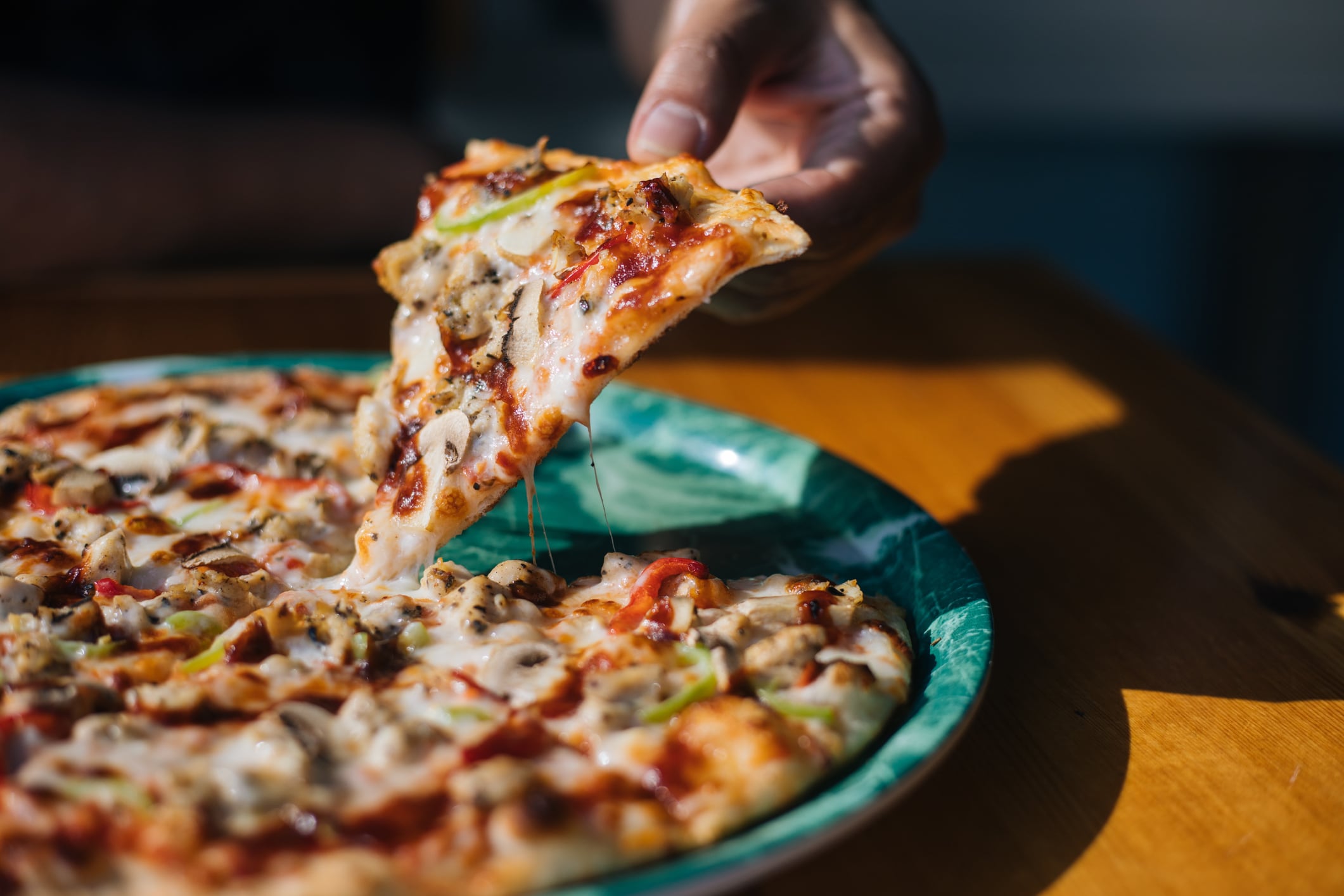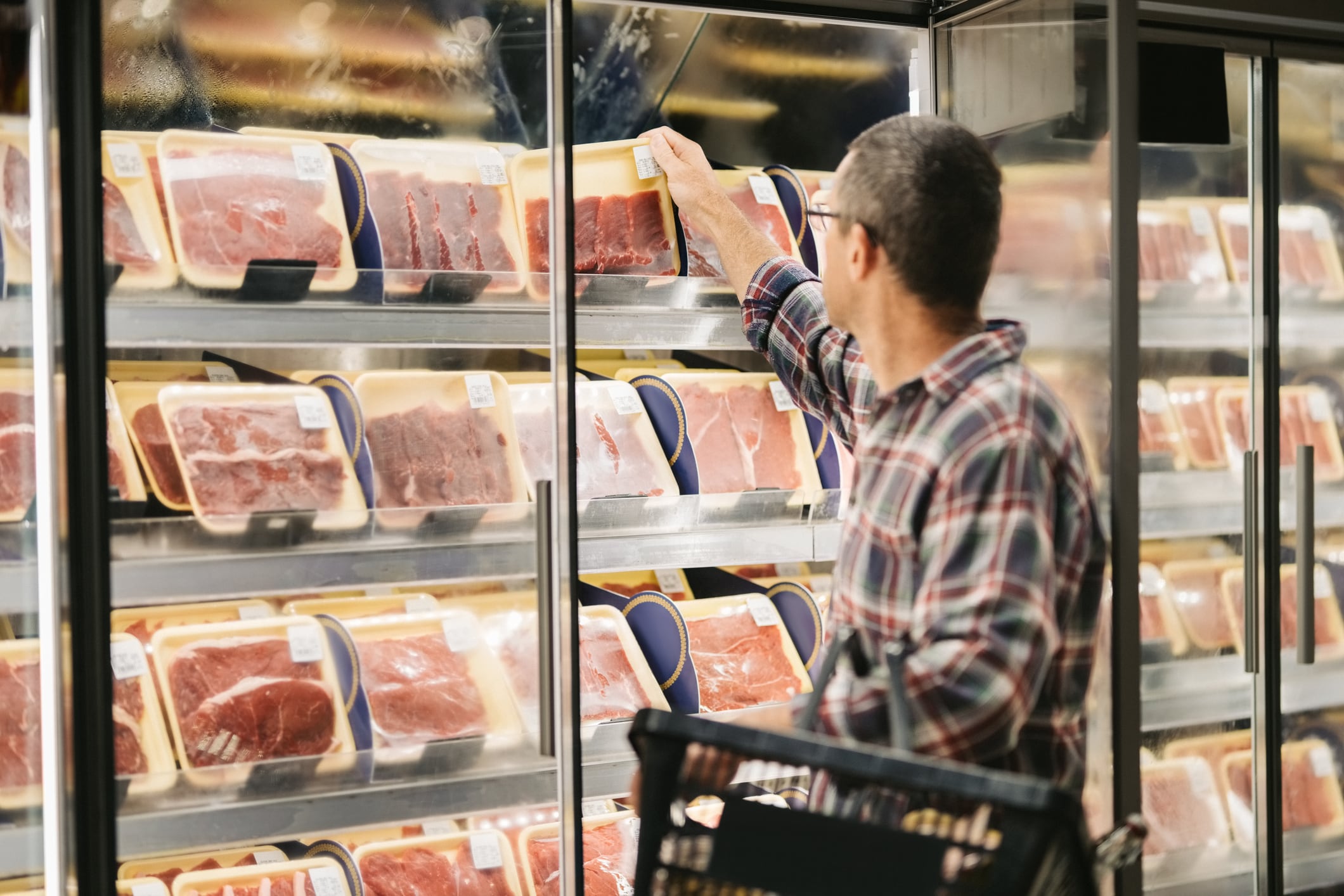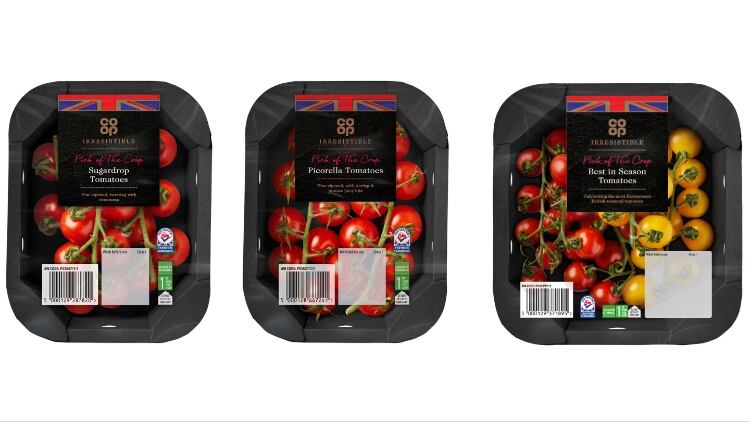Circana’s new report ‘Eat Play Love’ offers a snapshot of consumer habits in 2025 and draws on technology, AI and consumer data to create insights into the foodservice and food retail markets.
Two of the major insights focused on snacking and enjoying restaurant-quality food at home, both evidence of the growing focus on ‘mood-boosting food’ that doesn’t break the bank.
Snacking boom
On the snacks front, 28% of Europeans surveyed consume snacks alongside a main meal, and 13% eat snacks instead of a meal. Meanwhile, four out of 10 snack products consumed outside the home are now eaten at lunch or dinner.
The definition of a snack has also changed, with consumers opting for food such as pickles, boiled eggs and even frozen pizza that fit into their day and meets their lifestyle needs. Furthermore, almost half of respondents said that snacking regularly is a form of self-care and 73% indulge while watching screens.
Spend on ‘snacking meals’ is up 4.5% in foodservice outlets and up 9.6% in retail, with the category now accounting for 40% of all edible grocery value.
“Eating is no longer just about satisfying hunger; it’s about boosting moods, adding excitement to every meal and enhancing everyday rituals,” said Ananda Roy, senior vice president of strategic insights and thought leadership for EMEA at Circana.
“The convenience, flexibility and variety offered by snack foods is a great example. Today, snacks are less a guilty pleasure and more a deliberate purchase.”
Order and out
In order to enjoy restaurant-quality at home while not spending too much, more consumers are opting to order just a main meal online, while purchasing starters, desserts and drinks from the grocery store.
Circana found that this way groups can turn a €120 restaurant visit into a €50 pizza delivery occasion while “preserving a lot of the same enjoyment”.
As a result, delivery continues to perform well in Europe despite cost-of-living pressures, with foodservice delivery spend reaching €29 billion in 2024. UK spend was £9.7 billion on foodservice deliveries, up from £7.5 billion in 2023.
“The desire for greater control goes beyond ingredients,” said Edurne Uranga, vice president foodservice Europe, Circana.
“Consumers are watching their spending, asking for doggy bags and planning meal occasions carefully. This isn’t just budgeting; it’s a form of empowerment. As people’s emotional needs from food change, the line between what they buy in grocery stores and bars, restaurants and other foodservice outlets is blurring.”
Other insights focused on the continued dominance of big brands, consumer environmental and health consciousness and breakfast outside the house.




